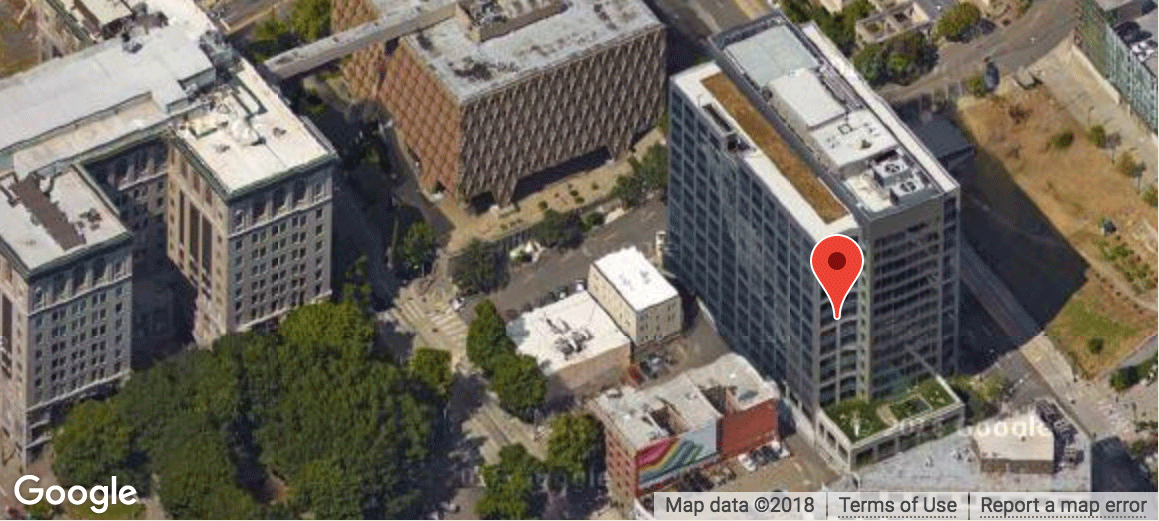Demand for Metro Transit service up 5 percent in May over the same period a year ago
Summary
New numbers show that demand for King County Metro Transit service jumped 5.1 percent in May compared to the same period a year ago – lending support to calls for the Metropolitan King County Council to enact a Congestion Reduction Charge authorized by the state Legislature to prevent a 17 percent cut to King County bus service.
Story
New numbers show that demand for King County Metro Transit service jumped 5.1 percent in May compared to the same period a year ago - lending support to calls for the Metropolitan King County Council to enact a Congestion Reduction Charge authorized by the state Legislature to prevent a 17 percent cut to King County bus service.
"This significant increase in ridership shows that more people are turning to Metro Transit to get to work as our local economy improves and gas prices hover near $4," said King County Executive Dow Constantine. "Metro has cut costs and raised fares, and now the County Council needs to enact the small, temporary congestion relief charge to keep buses on the road and traffic moving."
From January through May, Metro bus trips jumped 2.4 percent, or nearly 1.1 million trips, over the same period last year.
These ridership increases continue to show strong linkages between ridership, economic growth and the cost of gasoline.
Metro's new RapidRide A Line also continues to be hugely popular with passengers. Ridership on the 11-mile bus rapid transit line serving Pacific Highway South/International Boulevard in South King County has grown by one-third this spring compared to a year ago.
The strong popularity of the A Line bodes well for five additional RapidRide lines being developed. Metro's B Line, serving neighborhoods between Redmond and Bellevue will start this fall and will be followed by the C and D lines serving West Seattle and Ballard in 2012.
As with the A line, these future RapidRide lines will provide higher quality bus service in key travel markets linking job centers with faster, more reliable service. Federal grants paid for the RapidRide buses.
In addition to increases in bus ridership, trends also point to increased public demand for other Metro services.
Preliminary second quarter data show that use of park-and-ride lots throughout the county has increased by about 4 percent - or about 700 vehicles - over the same quarter in 2010. That points to growing demand - particularly among suburban commuters.
And more residents are choosing to use Metro commuter vans. Metro's Commuter Van Program saw a 29 percent increase in May ridership compared to a year ago. So far this year, an estimated 1.2 million trips have been taken on Metro-sponsored vanpools and vanshares.
In an effort to avoid cutting the Metro system and eliminating nine million trips over the next two years, Executive Constantine has urged the King County Council to approve a $20 congestion reduction charge. The measure is intended to preserve existing service until longer-term funding solutions can be developed. Without new revenue, Metro will begin making substantial cuts in bus service as early as next February.

 Translate
Translate

